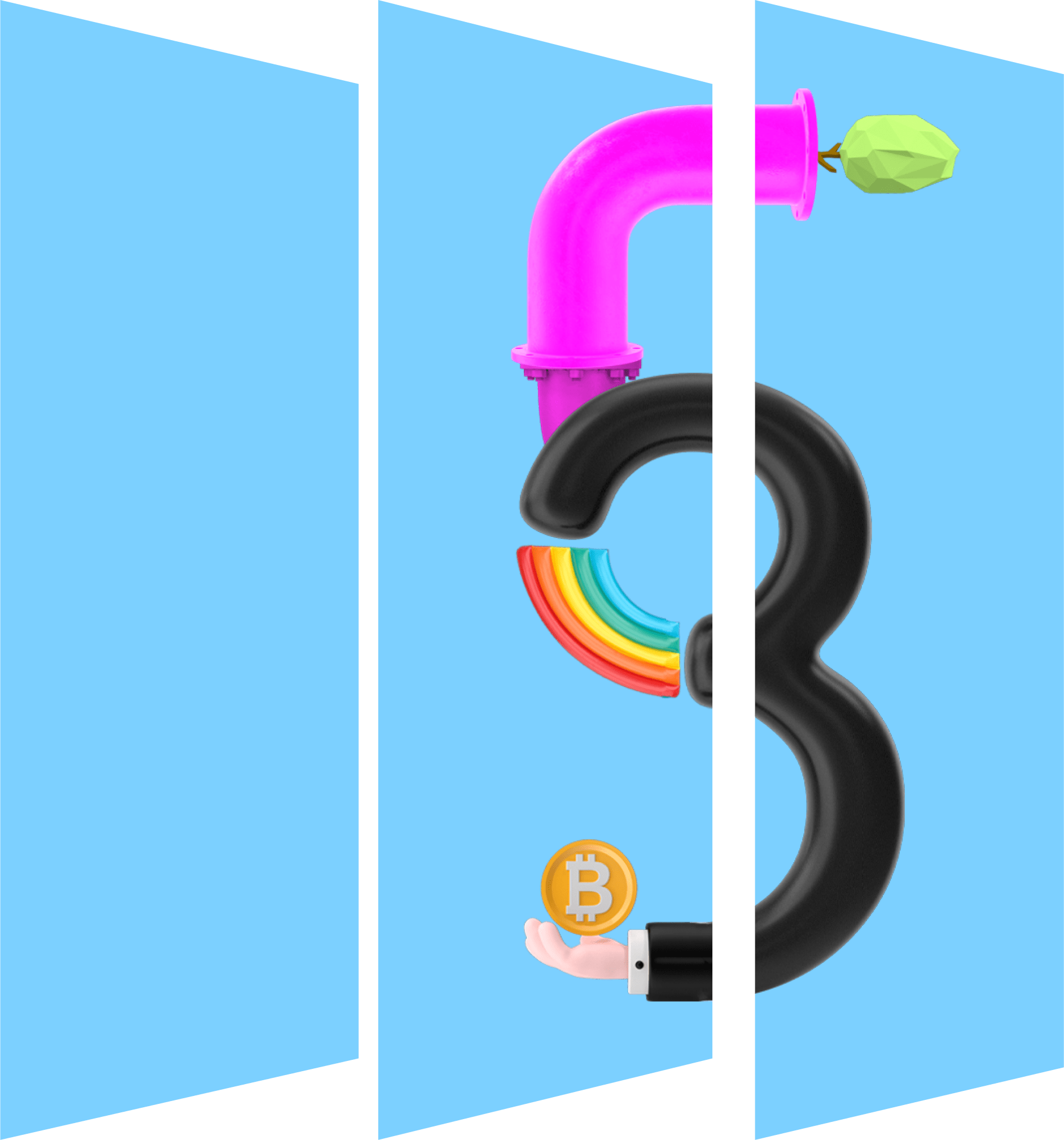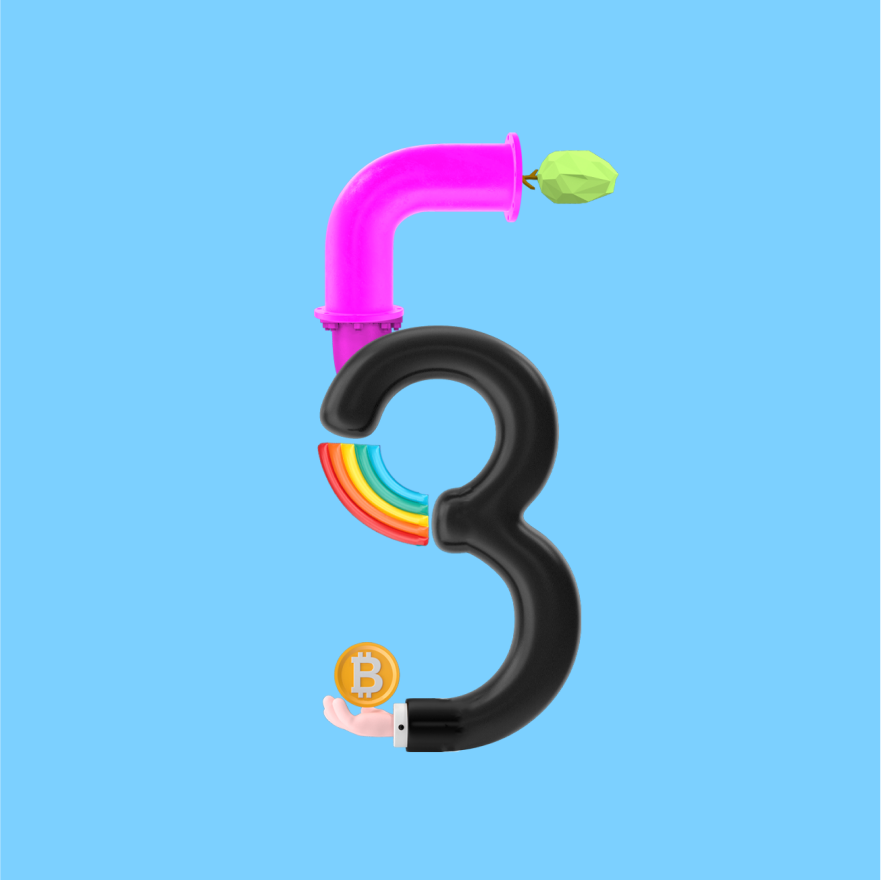
What are the general legal watchouts to look for, when using artificial intelligence to create underlying art for an NFT?
Select jurisdiction
Germany
When using artificial intelligence to create art for an NFT, several considerations should beconsidered.
Firstly, under German copyright law, only natural persons are recognized as the creators and owners of a copyright. Therefore, if AI is used in the creation process, the natural person must retain control over the outcome and use the AI as a dependent tool for creation to obtain the copyright. Otherwise, the created art may not be copyrightable and could become public domain.
Secondly, if the AI incorporates copyrighted material to create new artwork, using the resulting art in an NFT could expose the creator to accusations of copyright infringement. It is crucial to ensure that any materials used in the AI creation process are properly licensed or in the public domain to avoid potential legal issues.
Thirdly, some developers may impose restrictions on the use of artwork created by their AI through their terms and conditions. It is essential to review and comply with any applicable terms and conditions to avoid violating the developer’s rights.
Greece
In Greek law, the objects of protection under copyright law are works created by
humans, therefore works produced exclusively by means of artificial intelligence
systems are not protected by the provisions of copyright law. Therefore,
creations/innovations can be generated through AI, but only a human deviser can be
an applicant as creator of IP rights. If the artwork was created with no human
intervention, then it will probably fall into public domain.
Brazil
According to article 11 of the Copyright Law (Law 9.610/98), an individual who creates a literary, artistic, or scientific work is considered an author. Therefore, a work created by Artificial Intelligence may not be considered copyrighted. Another important precaution is that AI does not produce new works from protected works without authorization from previous authors and/or owners.1.3.8 Can I create an NFT collection of deep fake videos using the face of known politicians and actors with self-created sentences?
United States
Artificial intelligence is being used to create a wide range of new types of art. When using artificial intelligence to create underlying art for an NFT one should keep in mind a number of legal considerations. These include unlicensed use of artists’ works or trademarks, ownership rights, as well as contract and data protection laws. Currently, under US copyright law, only a human can be considered the author of a work. In a situation where AI is used to create underlying art for an NFT, it’s important to pay attention to the degree AI was involved in creating the art and whether it was substantial.




